Hunter had turbulent beginnings. Born April 1, 1895 in Memphis, TN, she left her childhood home at age 11 and headed for Chicago where she was told that singers were paid $10 a week. "The Windy City" was a key destination of the Great Migration north, as African Americans left the harsh realities of the Jim Crow South. Chicago’s South Side became an epicenter of blues and jazz, music styles that evolved as the cultural expressions of African American migrants.
Hunter soon found work in the growing entertainment industry, toured to Paris and London in 1917, and began what was to be a significant and influential career in classic blues, spanning over six decades. At the height of the Jazz Age, Hunter moved to New York City for both personal and professional reasons, a move that further advanced her career.
Alberta married early, but the marriage did not last long. She realized she preferred women to men and became a fixture in the gay and lesbian circles of the Harlem Renaissance. Rapidly moving up in the entertainment world, she performed with New Orleans cornet player King Oliver's band. She began recording with the Black-owned Black Swan label, and later on Paramount, Victor, Columbia, and Bluebird Records. Other greats of the era such as arranger Fletcher Henderson, pianist Fats Waller, clarinetist Sidney Bechet, and Louis Armstrong appear on her recordings. A talented singer and songwriter, Hunter rarely sold the copyrights to her own songs—one of them, “Down Hearted Blues,” became a major hit for Bessie Smith in 1923. Hunter later claimed that “it sold a million copies within months and I’m still collecting royalties. I’m too slick to let them cheat me out of that!”
When the United States entered World War II, the singer had returned to the states from a several year stint in Europe, most notably playing alongside Paul Robeson in a London production of “Show Boat.” Hunter was by now in her mid-40s and a seasoned performer whose live appearances kept a dedicated audience engaged. Like many singers, actors, and entertainers during the War, she started volunteering her time and talent to help the effort by taking part in bond drives, public events and, of course, USO shows both at home and abroad.
The United Service Organization (USO) was established in order to help soldiers adapt to their new roles, filling the need for recreation, entertainment, and addressing the perceived threat of large numbers of servicemen with nothing to do. Over 3,000 clubs were created nationwide during the War as places where sailors and soldiers could find coffee, food, books, conversations, dancing, and entertainment. The USO’s policy forbade discrimination on the basis of race or creed but, in reality, this was not the case. Since the USO wasn’t willing to go against local law or fight community opposition to integrated clubs, Black USO clubs were built in most cities. Unfortunately, in retrospect, the USO reflected the racially segregated armed forces of the era. When servicemen were shipped abroad, the USO followed them. Their "camp show division" organized entertainment extravaganzas which included the biggest stars who supported the troops directly by offering them distraction and humor during the horrors of war.
Alberta Hunter signed up with the USO in 1944. She was put in charge of African American Unit 342—The Rhythm Rascals as they were called—which included singer and dancer Mae Gaddy, trumpeter and “versatile jive-dancer” Joe “Taps” Miller, and a trio from Chicago that included Ollie Crawford on electric guitar, Leonard Caston on piano and guitar, and Alfred Elkin on bass (in the top picture from left are Hunter, Elkins, Crawford, Caston, Gaddy, and Miller). In October 1944, the first Black USO unit to visit the China-Burma-India theater left New York for Calcutta.
The CBI, often called the ‘forgotten theater,’ was important to the overall strategy in the Pacific of supporting China’s role in keeping the Japanese at bay. The United States aided its ally with material and manpower. However, the Japanese occupation of Burma in 1942 disrupted the last supply line to China. An airlift (over the famed Eastern-Himalayan “Hump”) eased the situation, but wasn’t sufficient in the long run. In late 1942, the United States started building a land route from Ledo in the Assam province in India, which would eventually become a 1,079-mile highway. Construction in the mountainous area was arduous. Engineers worked alongside thousands of local laborers, 1,133 of whom perished from enemy attacks, disease, drowning and accidents—leading to the epithet, "A man a mile." About 250,000 soldiers were assigned to the CBI overall. Of those, 15,000 were involved in building the Ledo Road. Sixty percent of them were African Americans and they longed for news and entertainment from home.
Army trucks wind along the side of the mountain over the Ledo supply road. Most of the construction of the Ledo Road was done by African Americans. Image courtesy of the National Archives.
The Rhythm Rascals engagements were eagerly awaited. After a 10-day stay in Karachi (now Pakistan), the group headed for Assam. As the CBI Roundup newspaper from November 2, 1944 announced:
Hepcat "cat" operators and truck drivers who "truck on down" the Ledo Road have a treat in store for them when USO unit No. 32, (sic) an all-Negro revue of sweet, swing and jive music, comes their way for a 22-day stand two weeks hence.
Hunter and her group were beloved by the hard-working men, as she herself acknowledged in a letter written to the Chicago Defender in late 1944, from “somewhere in India”: “We are the first USO show to play in this theater and they are receiving us with open arms.” In between her shows, Hunter and the Rhythm Rascals talked to the soldiers directly and listened to their stories. It meant a lot to her to provide a connection to home, and upon her return she encouraged Americans to continue writing letters: “You will never know how much a letter means until you are where it takes mail a long time to reach,” she told reporters for Baltimore's Afro-American.
The Rascals didn’t just play in Assam. On their tour schedule were cities like Agra and Pandaveswar, and they entertained in hospitals, air bases, and wherever distraction could be brought to servicemen. The unit’s small size allowed them to be flexible and perform in more isolated bases and under more limited circumstances: backs of pick-up trucks or impromptu stages in the jungle, lit up only with flash lights. They also played large venues of three thousand or more troops. Their shows were described in colorful terms, and Hunter in particular seemed to have been able to connect with her audience in a playful manner. The newspaper Slip Stream reviewed her performance in February 1945:
“She was worth waiting for as she cajoled, ‘Talk to me boys.’ For thirty minutes, she sang, stuttered and talked as GIs tore up the benches and yelled for more. Her final number, Basin Street, had every man in the Bowl hanging limply on the ropes as the show closed.”
The Rhythm Rascals’ tour through the CBI ended in March 1945, but their return to the United States didn’t last long. In early May the group, with a slightly different line up (Taps Miller was replaced by a female trumpeter), left again, this time to entertain troops in Europe. While the unit enjoyed their work and were proud of what they were able to do, the Rascals were faced with racial discrimination, something Hunter, as the leader of the band, never accepted. In India, the group was told to eat in the kitchen instead of the officers' mess, even though as USO entertainers they were supposed to be treated with the same respect due an Army Captain. In Europe, Hunter overheard a racial slur spoken in French by an American and called the soldier out. In both cases she not only protested openly, but also reported these incidents up the chain of command.
The high command also became aware of the Rhythm Rascals and, as band lore goes, Hunter told her fellow musicians: “Y’all get ready because we’re going to entertain Mr. Eisenhower!” General Eisenhower, who must have heard of the Rhythm Rascals’ great performances, indeed invited them to play at a reception for British commander Bernard Montgomery and Soviet Field Marshal Georgi Zukhov on June 11, 1945—a show which was, according to all accounts, a great success.
After touring for over a year, Alberta Hunter and her unit finally returned to the United States in late 1946. Hunter always spoke fondly about her time with the USO. Looking back at her engagement, she said, “I’m going to be with Uncle Sam 'til he takes this uniform off me …. If you’re with the USA, everything jumps.” The admiration was mutual and she received, along with her band, the Asiatic-Pacific Campaign Ribbon for outstanding service. Hunter kept entertaining for the USO, including tours to occupied Japan and Korea, but when her mother died in 1956 she made a radical career change.
At age 61, she lied about her age, enrolled in a practical nursing program, and worked for 20 years in a hospital in New York City. Hunter only left the hospital after labor rules forced her to accept the retirement at 70 (even though she was actually 82 at the time). Bored, she started singing again and successfully revived her career, putting out four new albums and continually touring, building a new and younger fan base that couldn’t get enough of her. Alberta Hunter passed away in 1984, leaving a great body of work as a ground-breaking entertainer and humanist with inspiring songs and stories.
More on the Music of World War II
-

Jazz legend Ella Fitzgerald's voice soothed and entertained many during World War II. Her records were even sent to a besieged London, where her hit songs kept civilians in air raid shelters occupied during the long, scary hours of the Blitz. Learn more here.
-

Before John Coltrane became recognized as an influential jazz musician, he served with the US Navy band the Melody Masters. Learn more here.
-

During World War II, New Orleans legend Dave Bartholomew joined the US Army band that contributed to his musical success and induction into the Rock and Roll Hall of Fame. Learn more here.
Tanja B. Spitzer
Tanja B. Spitzer, a native of Germany who came to New Orleans a little over a decade ago to study at Tulane University, is an expert on transatlantic history and cultural diplomacy.
Cite this article:
MLA Citation:
APA Citation:
Chicago Style Citation:
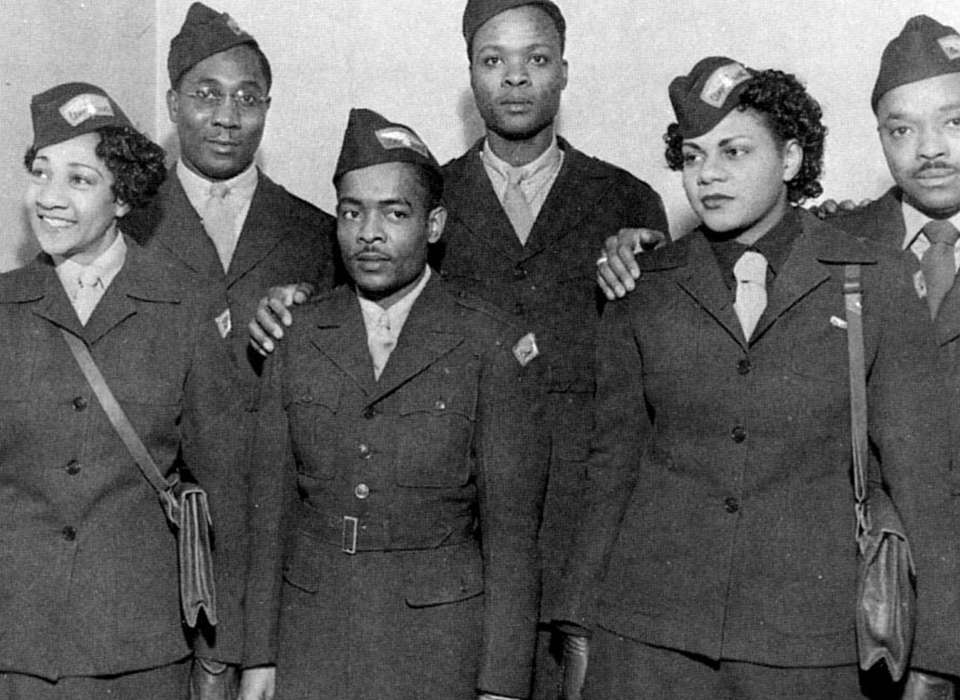
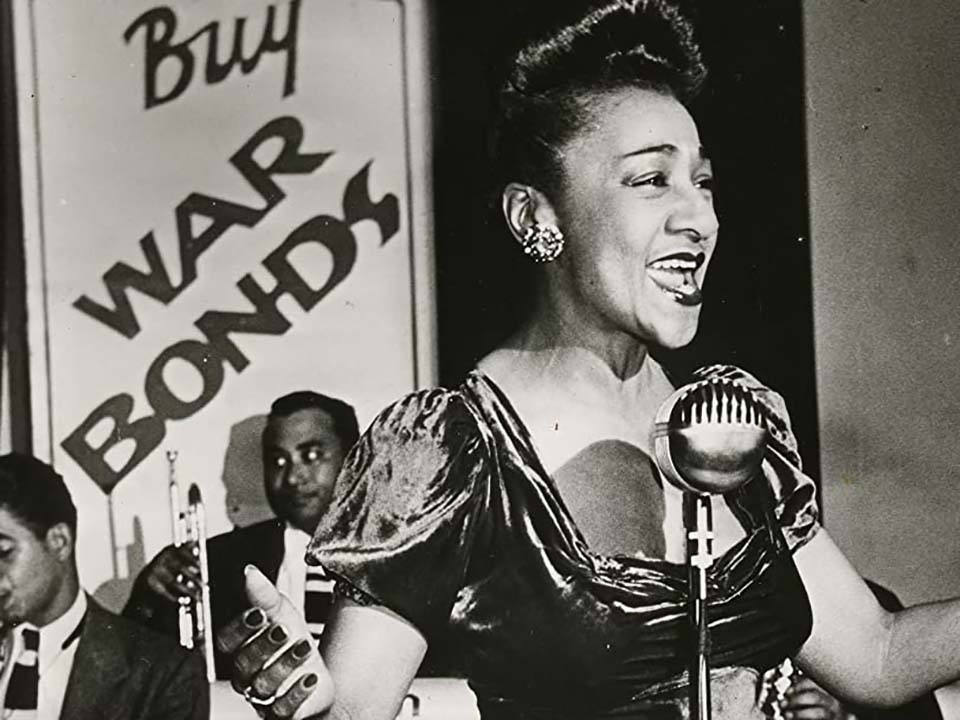
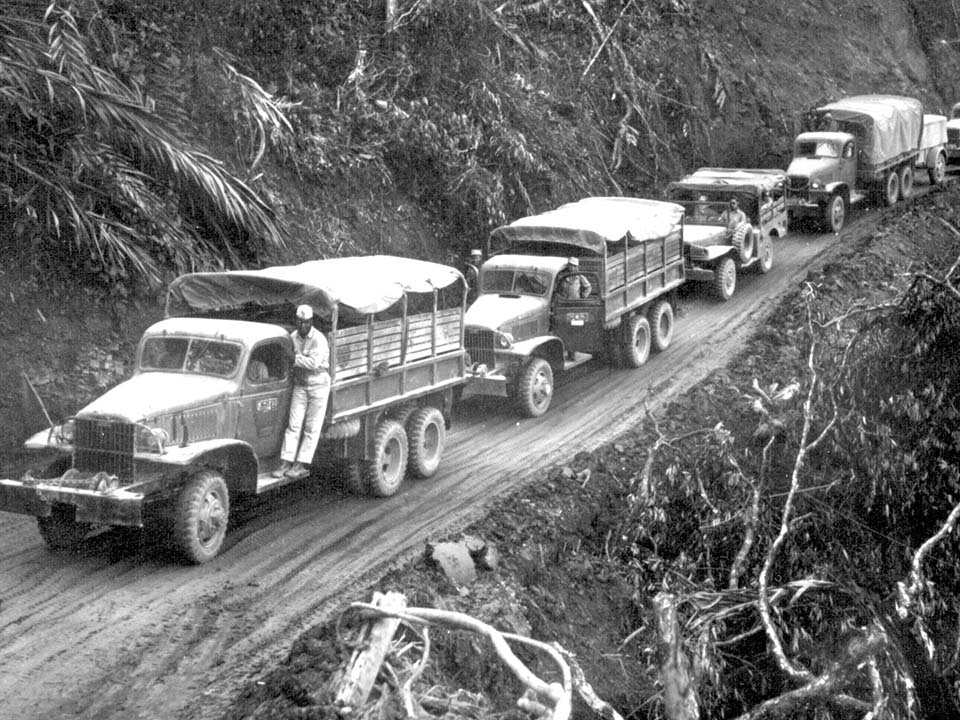
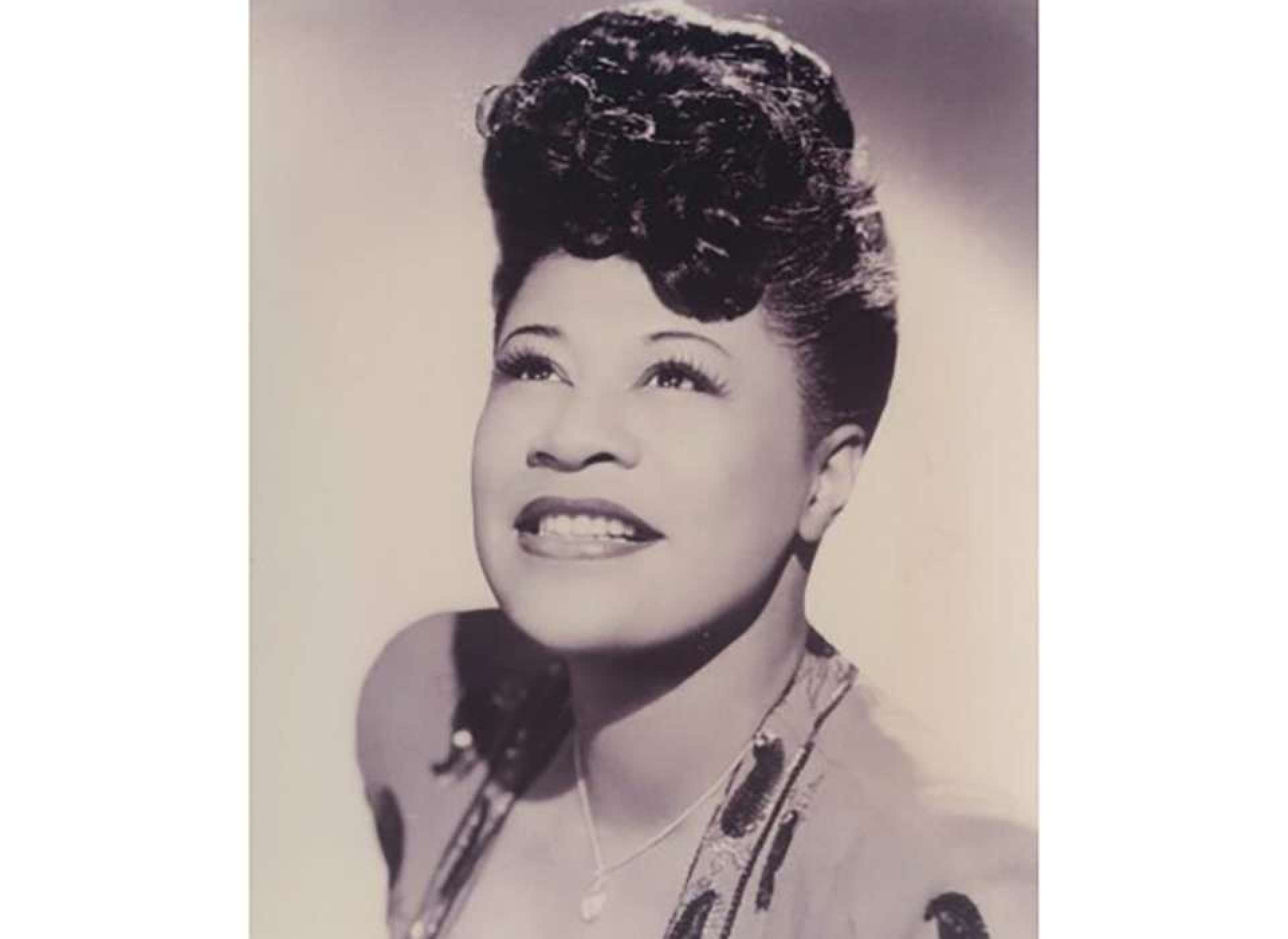
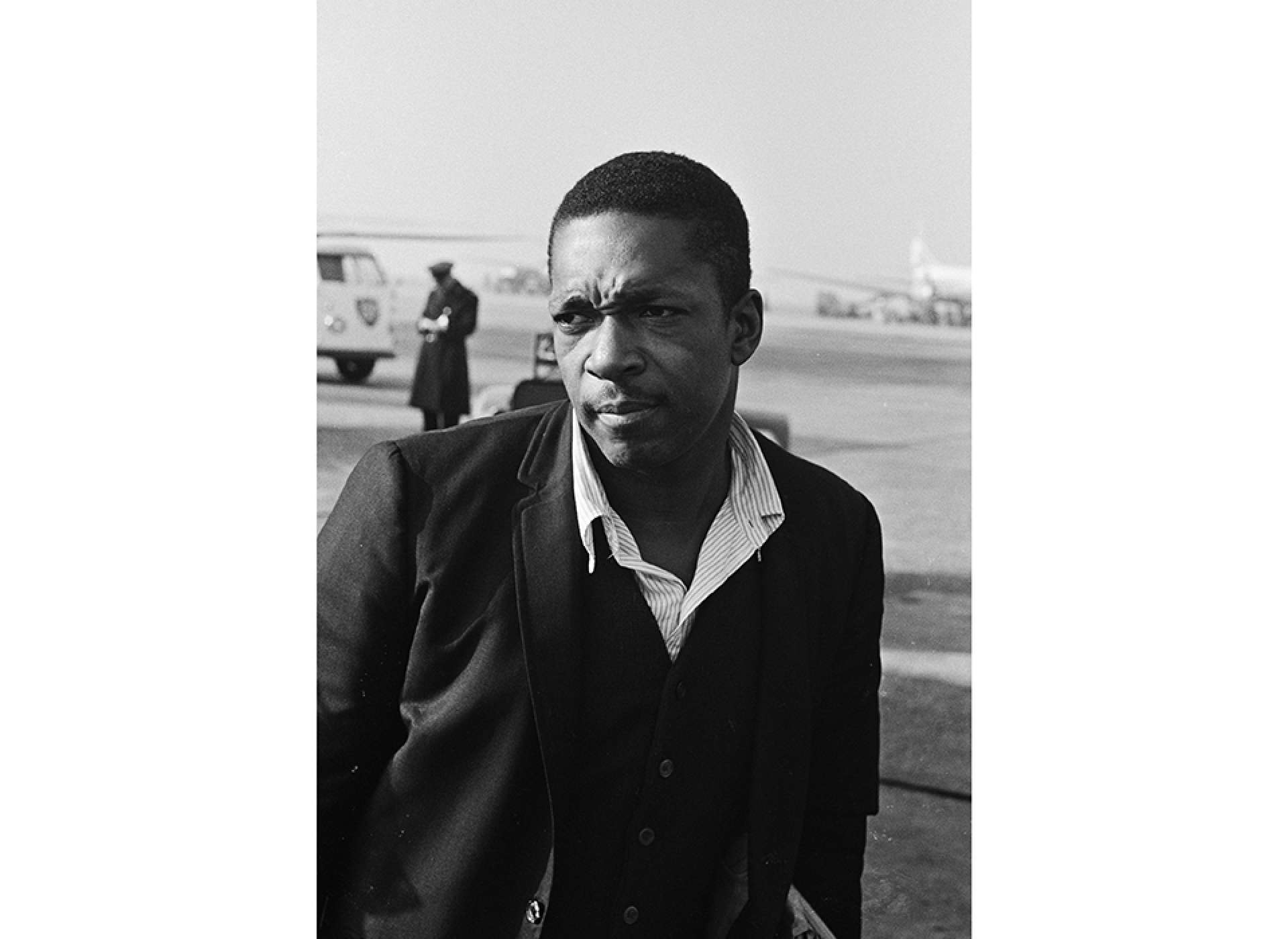
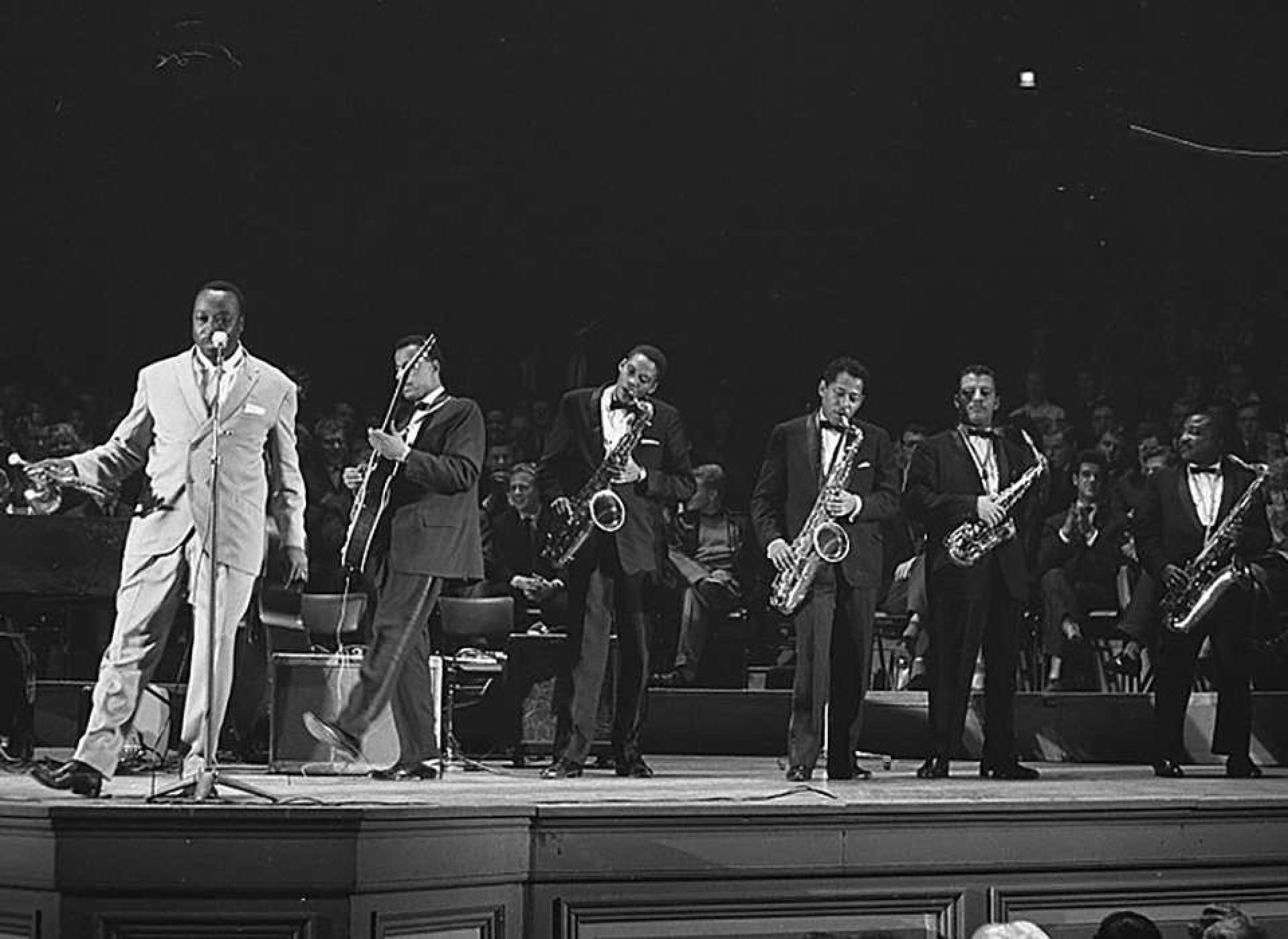
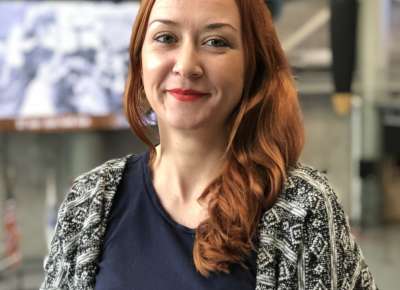




![Max Fuchs, New York City cantor, sings as Rabbi Sydney [sic] Lefkowitz, Richmond, VA, conducts the first Jewish services from Germany.](/sites/default/files/styles/max_650x650/public/2025-10/image1.jpg)


